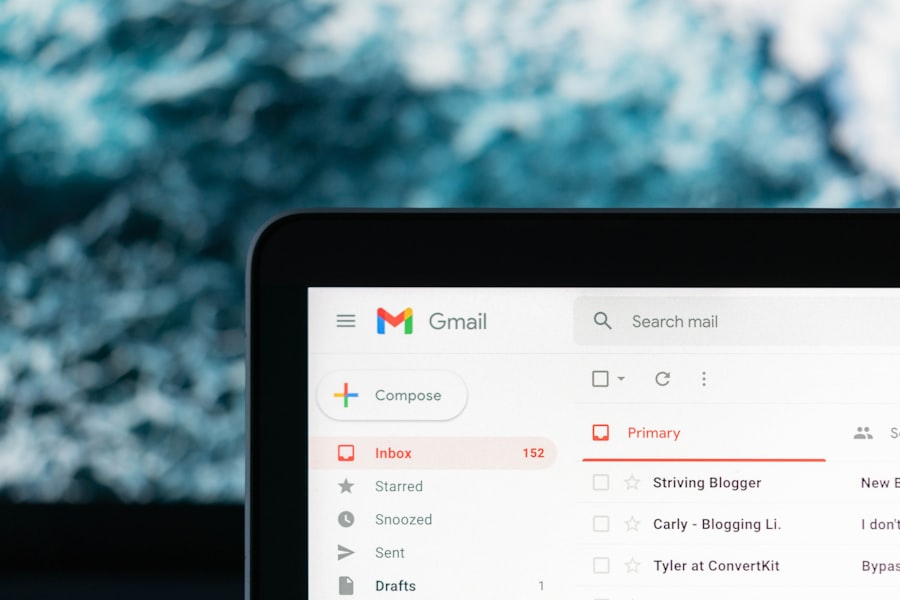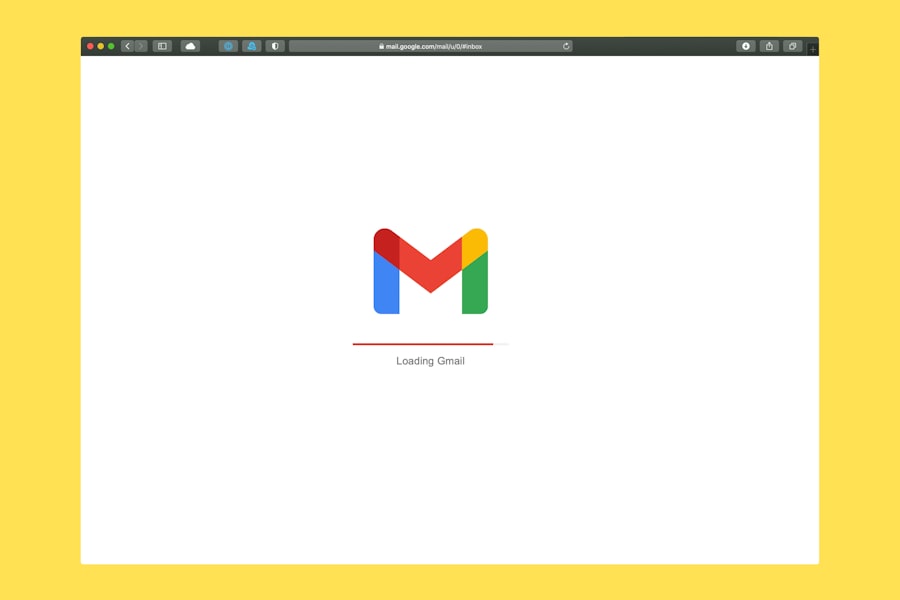Timing is a critical factor in follow-up communication after initial contact or meetings. Striking a balance between assertiveness and patience is essential. Following up too quickly may be perceived as overeager or desperate, while excessive delay can convey disinterest or unprofessionalism.
Generally, it is advisable to follow up within 24-48 hours of the initial interaction, as this demonstrates proactivity and enthusiasm without appearing aggressive. In cases where a proposal or quote has been sent, it is prudent to allow several days for the recipient to review the information and consider their options before following up. This approach prevents appearing pushy and allows the recipient adequate time for consideration.
The appropriate timing for follow-up communication can vary depending on the specific situation. It is important to assess each scenario individually and use professional judgment to determine the most suitable timing. Flexibility and adaptability in approach are key, as every situation may require a different strategy.
Effective follow-up timing demonstrates respect for the recipient’s time while maintaining engagement and interest in the opportunity or potential business relationship. By carefully considering the context and nature of the initial interaction, one can determine the most appropriate timing for follow-up communication, thereby maximizing the chances of a positive outcome.
Key Takeaways
- Timing is key: Follow up in a timely manner to stay top of mind without being pushy.
- Personalize your follow-up: Reference specific details from your previous interaction to show genuine interest.
- Use multiple communication channels: Mix it up with emails, phone calls, and social media messages to increase your chances of getting a response.
- Be polite and professional: Always maintain a courteous and respectful tone in your follow-up communications.
- Show your enthusiasm: Let your passion for the opportunity shine through in your follow-up messages.
- Ask for feedback: Request constructive criticism to show your commitment to self-improvement.
- Know when to move on: If you’ve made multiple attempts with no response, it may be time to gracefully bow out and focus your efforts elsewhere.
Personalize Your Follow-Up
The Importance of Personalization
Generic, mass-produced follow-up emails or messages can come across as insincere and may not resonate with the recipient. Instead, take the time to reference specific details from your initial interaction, such as a particular topic of conversation, a shared interest, or a mutual connection. This demonstrates that you were attentive during your initial meeting and that you value the relationship.
Tailoring Your Approach
In addition to personalizing your follow-up based on your previous interaction, it’s also crucial to tailor your communication to the recipient’s preferences. Some people may prefer email, while others may prefer a phone call or a handwritten note. Pay attention to any cues or preferences that the recipient may have expressed during your initial interaction and use this information to guide your follow-up approach.
The Benefits of Personalized Follow-up
By personalizing your follow-up communication, you demonstrate that you value the relationship and are willing to invest the time and effort to nurture it. This approach is crucial when it comes to building and maintaining relationships with potential clients or contacts.
Use Multiple Communication Channels

When following up with potential clients or contacts, it’s important to utilize multiple communication channels to increase your chances of getting a response. While email is often the most common form of follow-up communication, it’s not always the most effective. In some cases, a phone call or an in-person visit may be more impactful and can help you stand out from the crowd.
By using multiple communication channels, you demonstrate that you are persistent and committed to building a relationship with the recipient. In addition to using multiple communication channels, it’s also important to vary the timing of your follow-up attempts. If you haven’t received a response after your initial follow-up, don’t be afraid to try again after a few days or weeks.
However, it’s important to be mindful of not crossing the line into being overly persistent or annoying. Use your best judgment and pay attention to any cues or signals from the recipient that may indicate their level of interest or availability. Using multiple communication channels can help increase your chances of getting a response when following up with potential clients or contacts.
While email is often the most common form of follow-up communication, it’s not always the most effective. In some cases, a phone call or an in-person visit may be more impactful and can help you stand out from the crowd. By using multiple communication channels, you demonstrate that you are persistent and committed to building a relationship with the recipient.
In addition to using multiple communication channels, it’s also important to vary the timing of your follow-up attempts. If you haven’t received a response after your initial follow-up, don’t be afraid to try again after a few days or weeks. However, it’s important to be mindful of not crossing the line into being overly persistent or annoying.
Use your best judgment and pay attention to any cues or signals from the recipient that may indicate their level of interest or availability.
Be Polite and Professional
When following up with potential clients or contacts, it’s essential to maintain a polite and professional tone in all of your communications. Regardless of whether you’re sending an email, making a phone call, or meeting in person, it’s important to convey professionalism and respect at all times. This includes using proper language and grammar in written communications, speaking clearly and confidently in verbal communications, and presenting yourself in a polished and professional manner during in-person interactions.
In addition to maintaining a polite and professional tone, it’s also important to be mindful of the recipient’s time and availability. Avoid bombarding them with multiple follow-up attempts in quick succession, as this can come across as pushy and disrespectful. Instead, be patient and respectful of their schedule, and be understanding if they are unable to respond immediately.
By demonstrating patience and understanding, you show that you respect their time and are considerate of their needs. Maintaining a polite and professional tone is essential when following up with potential clients or contacts. Regardless of whether you’re sending an email, making a phone call, or meeting in person, it’s important to convey professionalism and respect at all times.
This includes using proper language and grammar in written communications, speaking clearly and confidently in verbal communications, and presenting yourself in a polished and professional manner during in-person interactions. In addition to maintaining a polite and professional tone, it’s also important to be mindful of the recipient’s time and availability. Avoid bombarding them with multiple follow-up attempts in quick succession, as this can come across as pushy and disrespectful.
Instead, be patient and respectful of their schedule, and be understanding if they are unable to respond immediately. By demonstrating patience and understanding, you show that you respect their time and are considerate of their needs.
Show Your Enthusiasm
When following up with potential clients or contacts, it’s important to convey genuine enthusiasm for the opportunity at hand. Whether you’re expressing excitement about the possibility of working together or simply showing appreciation for the initial interaction, conveying enthusiasm can help you stand out from the competition and leave a positive impression on the recipient. Use language that conveys genuine excitement and passion for what you do, and be sure to express gratitude for the opportunity to connect.
In addition to showing enthusiasm for the opportunity at hand, it’s also important to demonstrate confidence in yourself and your abilities. This can help instill trust and confidence in the recipient and can make them more likely to consider working with you in the future. Be sure to highlight any relevant experience or expertise that makes you well-suited for the opportunity, and be confident in expressing how you can add value to their business or project.
Showing genuine enthusiasm for the opportunity at hand is crucial when following up with potential clients or contacts. Whether you’re expressing excitement about the possibility of working together or simply showing appreciation for the initial interaction, conveying enthusiasm can help you stand out from the competition and leave a positive impression on the recipient. Use language that conveys genuine excitement and passion for what you do, and be sure to express gratitude for the opportunity to connect.
In addition to showing enthusiasm for the opportunity at hand, it’s also important to demonstrate confidence in yourself and your abilities. This can help instill trust and confidence in the recipient and can make them more likely to consider working with you in the future. Be sure to highlight any relevant experience or expertise that makes you well-suited for the opportunity, and be confident in expressing how you can add value to their business or project.
Ask for Feedback

Showing Value for the Recipient’s Input
When following up with potential clients or contacts, it’s essential to ask for feedback on your initial interaction or proposal. This demonstrates that you value their input and are open to constructive criticism, which can help strengthen your relationship with them in the long run. Be specific in your request for feedback, asking questions that prompt thoughtful responses rather than simple yes-or-no answers.
Addressing Concerns and Objections
In addition to asking for feedback on your initial interaction or proposal, it’s also crucial to be open to discussing any concerns or objections that the recipient may have. This shows that you are willing to address any issues head-on and work towards finding mutually beneficial solutions. By being open and receptive to feedback and concerns, you demonstrate that you are committed to building a strong and transparent relationship with the recipient.
Benefits of Open Communication
Asking for feedback is a vital part of following up with potential clients or contacts. This shows that you value their input and are open to constructive criticism, which can help strengthen your relationship with them in the long run. By being open and receptive to feedback and concerns, you build trust and demonstrate your commitment to finding solutions that benefit both parties.
Know When to Move On
While persistence is important when following up with potential clients or contacts, it’s also crucial to know when it’s time to move on. If you’ve made multiple attempts at follow-up without receiving any response, it may be best to accept that the opportunity is not likely to materialize at this time. Continuing to pursue an unresponsive contact can come across as desperate or pushy, which can damage your professional reputation.
If you’ve made multiple attempts at follow-up without receiving any response from a potential client or contact, it may be best to accept that the opportunity is not likely to materialize at this time. Continuing to pursue an unresponsive contact can come across as desperate or pushy, which can damage your professional reputation. It’s important not to take non-responsiveness personally; there could be various reasons why someone may not respond, such as being busy with other priorities or simply not being interested at this time.
Instead of dwelling on unresponsive contacts, focus your energy on nurturing relationships with those who have shown genuine interest in working with you. Knowing when it’s time to move on is crucial when following up with potential clients or contacts. If you’ve made multiple attempts at follow-up without receiving any response from a potential client or contact, it may be best to accept that the opportunity is not likely to materialize at this time.
Continuing to pursue an unresponsive contact can come across as desperate or pushy, which can damage your professional reputation. It’s important not to take non-responsiveness personally; there could be various reasons why someone may not respond, such as being busy with other priorities or simply not being interested at this time. Instead of dwelling on unresponsive contacts, focus your energy on nurturing relationships with those who have shown genuine interest in working with you.
In conclusion, following up with potential clients or contacts requires careful consideration of timing, personalization of communication, use of multiple channels, maintaining politeness and professionalism, showing enthusiasm for opportunities, asking for feedback, and knowing when it’s time to move on from unresponsive contacts. By mastering these strategies, you can build strong relationships with potential clients and contacts while demonstrating respect for their time and needs.
If you’re looking for more tips on finding the right job for you, check out this article on making career choices and finding the job. It offers valuable advice on how to navigate the job search process and make informed decisions about your career path.
FAQs
What is the best way to follow up on a job application without being pushy?
The best way to follow up on a job application without being pushy is to send a polite and professional email to the hiring manager or recruiter. In the email, express your continued interest in the position and inquire about the status of your application. It’s important to be respectful of their time and to not come across as demanding or impatient.
When is the appropriate time to follow up on a job application?
It is generally appropriate to follow up on a job application one to two weeks after submitting it. This allows the hiring team enough time to review applications and conduct initial interviews. If a specific timeline was provided in the job posting, it’s best to follow up after that timeframe has passed.
What should I include in a follow-up email after submitting a job application?
In a follow-up email after submitting a job application, you should reiterate your interest in the position and briefly mention why you are a good fit for the role. Politely inquire about the status of your application and express your willingness to provide any additional information if needed. It’s important to keep the email concise and professional.
How often should I follow up on a job application?
It’s generally best to follow up on a job application no more than once, unless you have been given a specific timeline for the hiring process. Sending multiple follow-up emails can come across as pushy and may be off-putting to the hiring team. If you haven’t heard back after your initial follow-up, it’s best to wait for a response before reaching out again.
What should I do if I don’t receive a response to my follow-up email?
If you don’t receive a response to your follow-up email, it’s best to wait a reasonable amount of time before following up again. If the job posting included contact information for the hiring manager or recruiter, you may consider reaching out via phone to inquire about the status of your application. It’s important to remain polite and professional in all communications.



